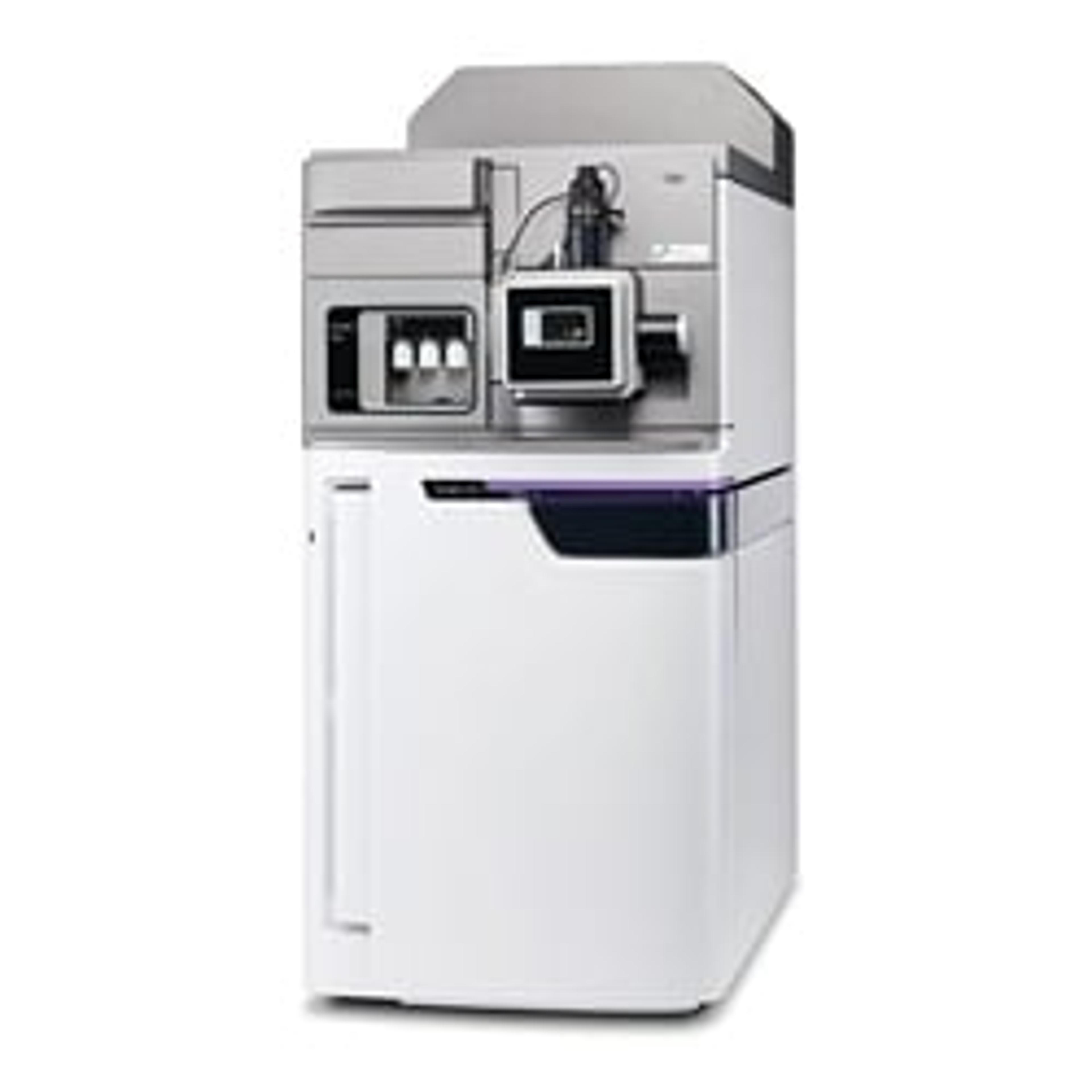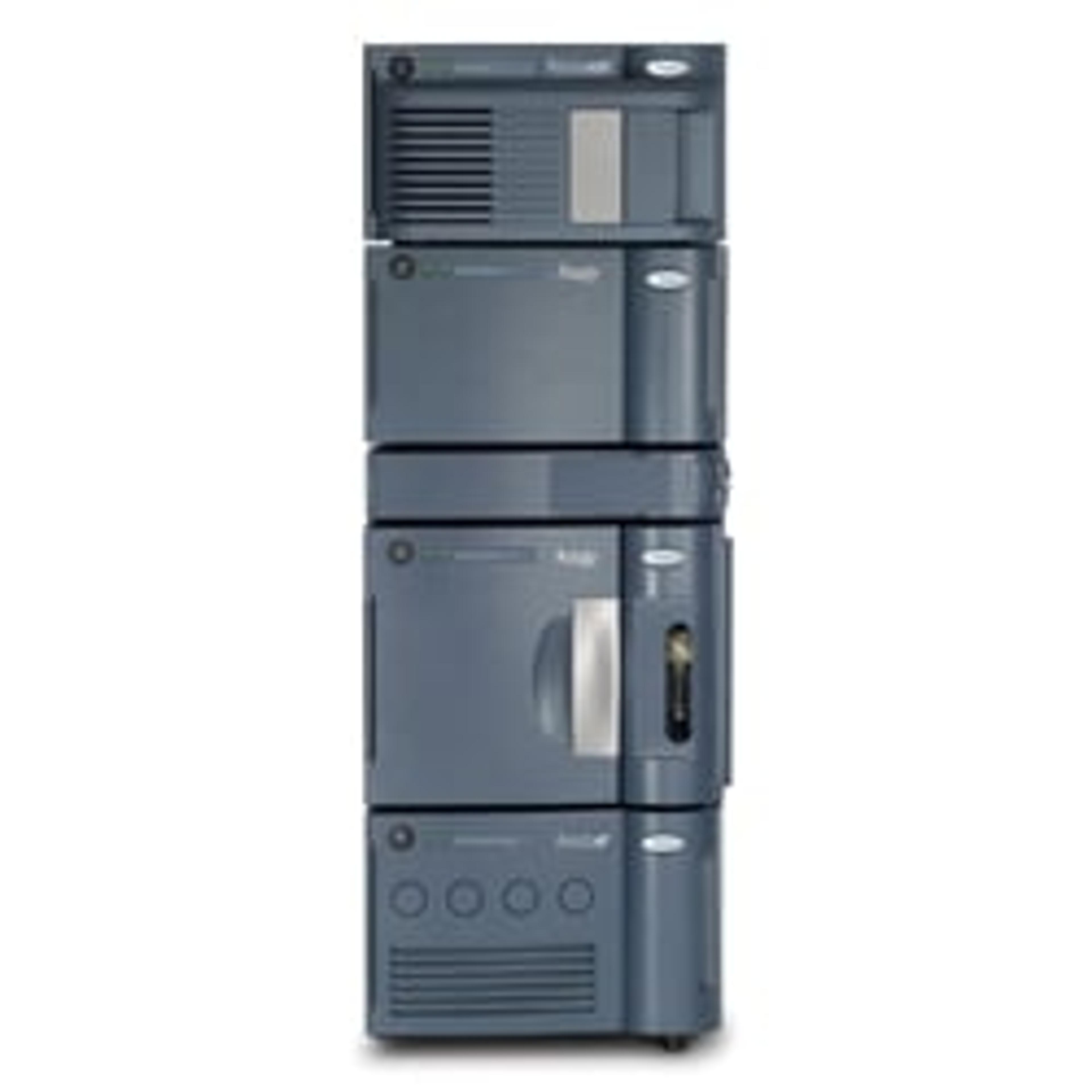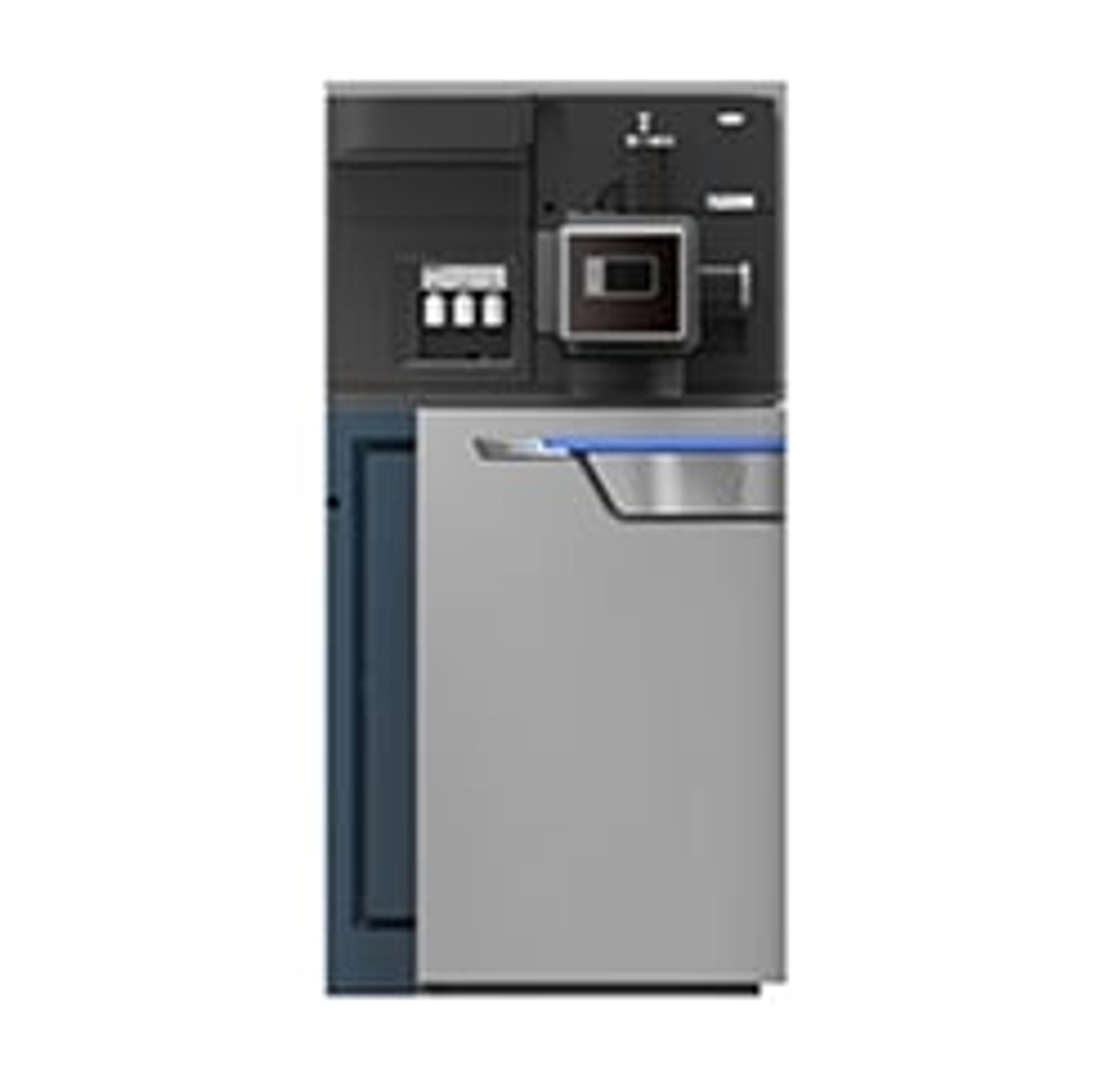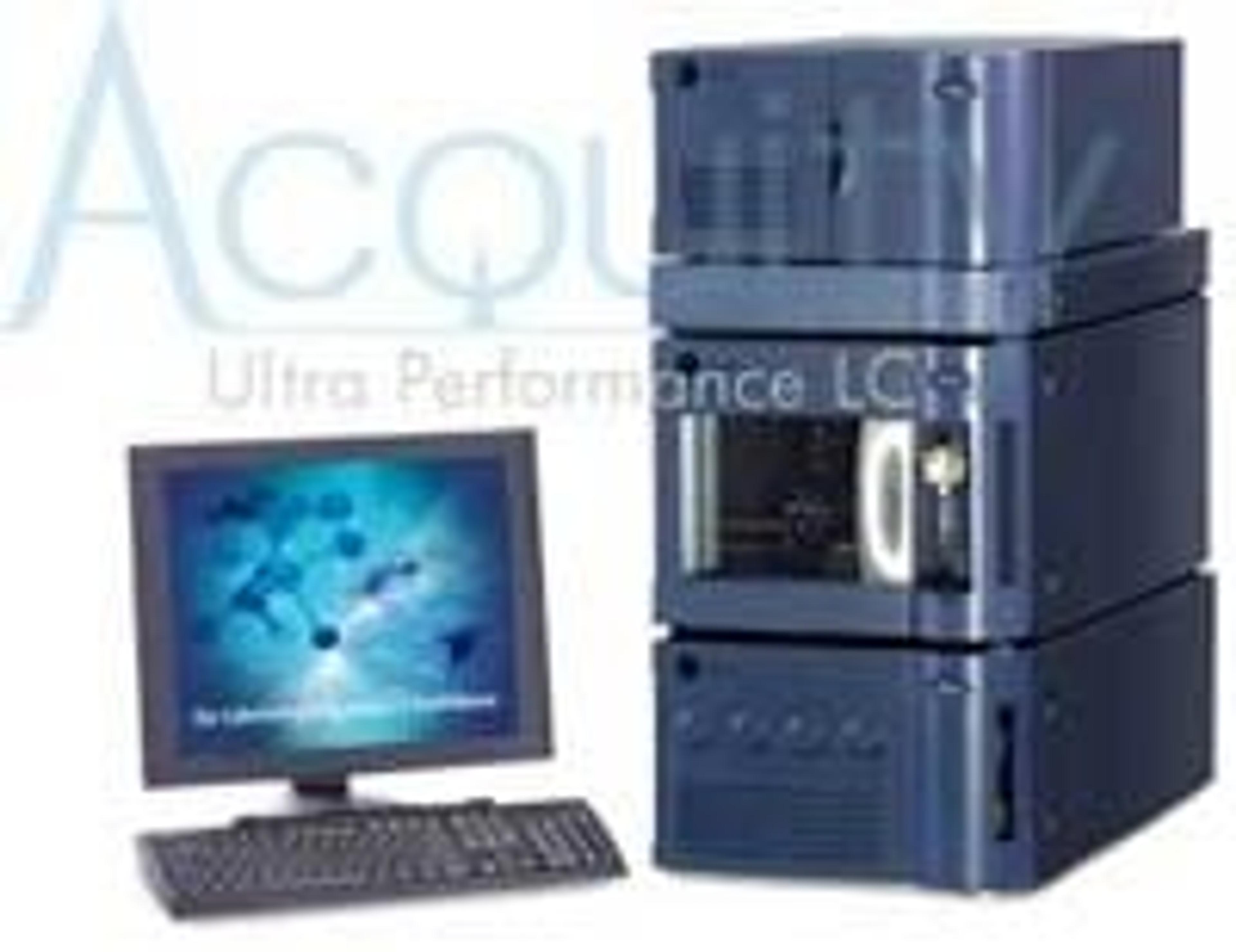Biomarker discovery for lysosomal storage disorders using a metabolomic approach: Your questions answered
Watch this on-demand webinar to learn how to perform untargeted/semi-targeted metabolomic studies to discover novel biomarkers by mass spectrometry
15 Oct 2020

High-accuracy mass spectrometry is a powerful tool to discover biomarkers, allowing the diagnosis, monitoring and follow-up of different diseases.
In this on-demand SelectScience webinar, Dr. Michel Boutin, Technical Director of the Waters-CHUS Expertise Centre in Clinical Mass Spectrometry, discusses the different steps of untargeted/semi-targeted metabolomic studies, such as sample collection, sample preparation, sample analysis, data analysis and structural elucidation, along with strategies to bypass potential pitfalls.
Read on for highlights from the live Q&A session or watch the full webinar on demand.
Watch webinarQ: Can you comment on the use of urinary Gb3, lyso-Gb3, and their metabolites as markers of Fabry disease, versus enzyme activity assays that are performed from newborn dried blood spots?
MB: The analysis of enzyme activity is typically very good for the diagnosis of patients with classic Fabry disease. However, it is not good for patients with residual enzyme activities such as females, and males with cardiac variant mutations. Some of the new biomarkers, especially the lyso-Gb3 analogues in urine are more sensitive for the diagnosis of the disease for patients with residual enzyme activity than the analysis of enzyme activity in dry blood spots.
Q: I understand that creatinine may behave differently because it is very polar, and most lysosomal biomarkers are very nonpolar. Is there a different nonpolar marker for the normalization of urine samples?
MB: In our lab, we always use creatinine for the normalization of the urine samples. I know that some labs use the specific gravity. I’ve read some publications where nonpolar molecules such as ceramides or sphingomyelins were used for the normalization. The problem is that these molecules are closely related biologically to the molecules that we want to analyze. So that is the reason why we did not use these molecules to normalize urine samples.
Q: From your relative quantification plots, it appears that some Fabry males and Fabry females have lyso-Gb3 concentrations that are not different from those of control males and females. Can you comment on the impact this has had on the sensitivity and specificity of the assay?
MB: For the results presented in this webinar, the lyso-Gb3 and its analogs were not detected in all the control samples. Some biomarkers were also not detected in some patient samples. It is important to mention that it was only the results for the discovery phase of the project.
Thereafter, we developed a more sensitive Multiple Reaction Monitoring (MRM) method to analyze lyso-Gb3 and analogs using our triple quadrupole instrument. This method is more sensitive, so the control and Fabry patient groups were more discriminated based on lyso-Gb3 and its analogs levels. Only some patients with very high residual enzyme activity presented undetected results for these biomarkers.
Q: Peak picking programs such as Progenesis QI Software often pick up noise when the threshold is lowered. What strategies are there to discard noise more quickly, so that one can focus on real peaks?
MB: For peak picking, we used the MarkerLynx software. With low thresholds, peaks from the background signal are also mined. However, after statistical analysis, the large majority of the background signal peaks are found in the middle of the S-plot and are not considered as potential biomarkers. Sometimes, due to the use of a low threshold, we must remove one or two false positive results manually at the extremity of the S-Plot, but this is a very low cost to improve our chances to discover interesting biomarkers.
Q: What is the next step following your initial biomarker validation work? Has any been implemented for screening in your lab so far?
MB: After the discovery of the biomarkers, we developed highly sensitive MRM methods using our triple quadrupole for their analysis. Some of these biomarkers are already used in different projects. Twice a year, we analyze urine and plasma samples from all the Fabry disease patients enrolled in the Canadian Fabry Disease Initiative project (more than 550 patients). We analyze lyso-Gb3 analogues in urine and plasma for these patients to monitor their health state, and to monitor their response to treatment.
We use the new biomarkers, especially the lyso-Gb3 analogues in urine for high-risk screening. We receive urine samples from patients presenting clinical manifestations that can be associated with Fabry disease such as ventricular hypertrophy, renal insufficiency or corneal opacity. We use the biomarkers to check if these clinical manifestations are due to Fabry disease. By using that approach, we detected some Fabry disease patients, and the disease was confirmed thereafter using mutation analysis.
Q: How many novel biomarkers have you discovered related to LSD disorders using this method so far?
MB: For Fabry disease, we perform five different metabolomic studies: three in urine, and two in plasma. We detected a total of 71 different biomarkers, and more than half of these biomarkers were not reported in literature before. We also work with Gaucher disease. We have a publication in press that will be available soon concerning the discovery of the Gaucher disease biomarkers.
Q: How did you validate the biomarker quality?
MB: After the discovery of the biomarker, we developed a very sensitive MRM method. We used this method to analyze more than 100 samples from Fabry patients including patients with clinical manifestations. We compared the results from Fabry patients with those of healthy controls. The sensitivity of the biomarkers to detect Fabry disease patients was very high.
Learn more about mass spectrometry for metabolomics studies: Watch this webinar on-demand >>
Do you use Waters products in your lab? Write a review today for your chance to win a $400 Amazon Gift Card>>




